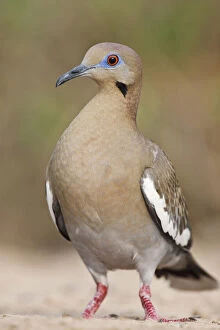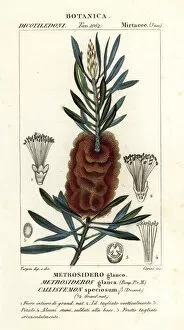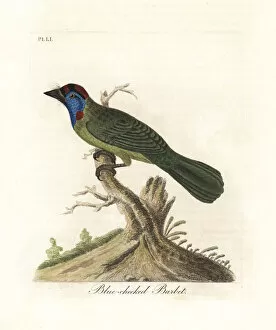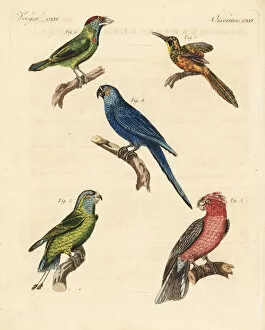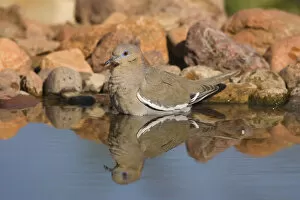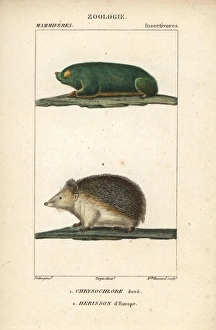Asiatica Collection
"Discovering the Wonders of Asiatica: From Centella to Exotic Birds" Asiatica, also known as Centella asiatica or Indian pennywort
All Professionally Made to Order for Quick Shipping
"Discovering the Wonders of Asiatica: From Centella to Exotic Birds" Asiatica, also known as Centella asiatica or Indian pennywort, is a fascinating plant that holds numerous secrets within its leaves. With its scientific code DDE-90039350, this herbaceous perennial has been used for centuries in traditional medicine due to its remarkable healing properties. But Asiatica doesn't stop at being just a medicinal plant. Its versatility extends beyond herbal remedies. Take the Albany bottlebrush (Callistemon speciosus), for example, which belongs to the same family as Asiatica and showcases vibrant red flowers resembling bottle brushes. Interestingly enough, not only plants carry the name "asiatica. " The Human tapeworm (Taenia asiatica) shares this title too. This parasitic worm can be found in certain regions of Asia and poses health risks if left untreated. In the animal kingdom, we find more connections with Asiatica. The Common shrew (Sorex araneus) and Cape golden mole (Chrysochloris asiatica) are two small mammals that share their habitat with this versatile plant species. Moreover, various species like Torenia, buddlea, and anthocercis showcase their beauty alongside Asiaticas' presence. One such example is the Large-flowered torenia (Torenia asiatica), boasting stunning blooms that captivate any garden enthusiast's attention. Let's not forget about our feathered friends. The Blue-throated barbet (Psilopogon asiaticus) adds a splash of color with its striking plumage while residing in areas where Asiaticas thrive. And speaking of parasites again - another member of Taenia genus joins our list; Parasitic tapeworms have made themselves at home among various fish varieties across Asia. From medicinal uses to exotic birds and even unexpected associations with parasites - it seems that Asiatica has woven itself into the fabric of nature's tapestry.


